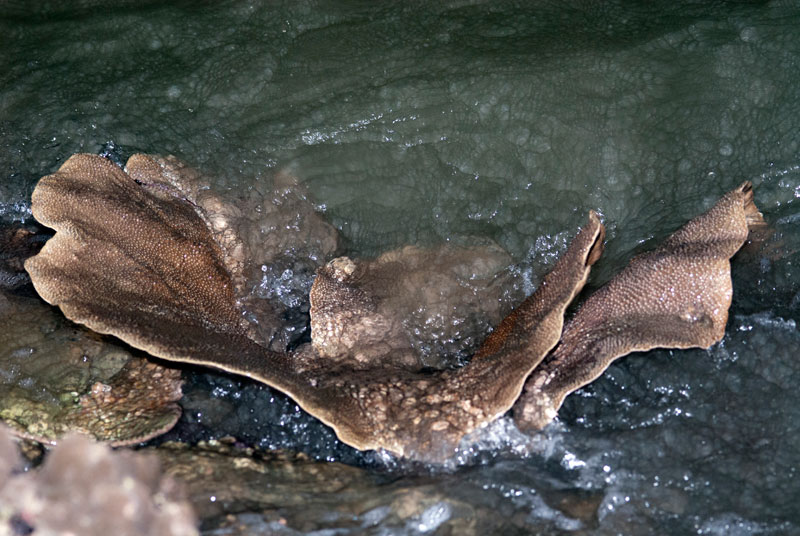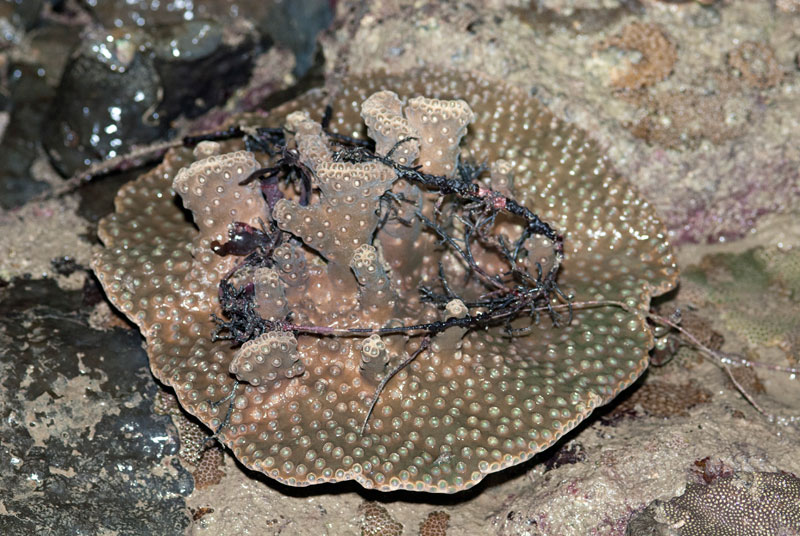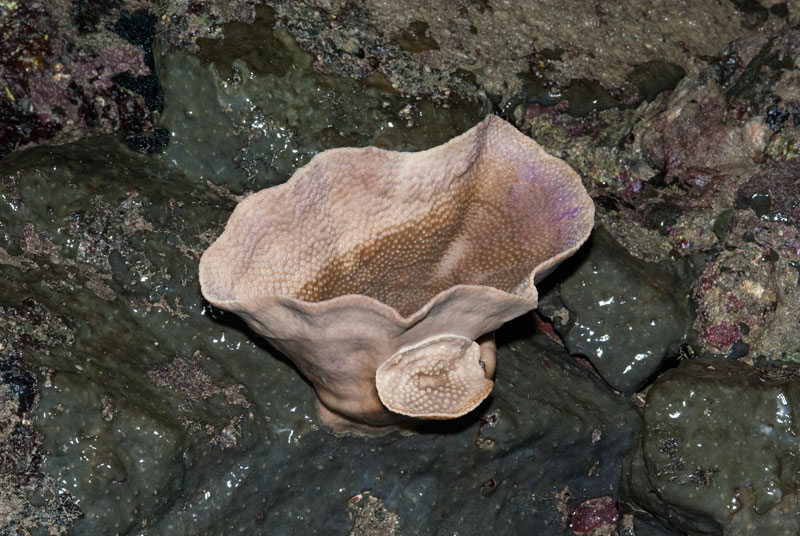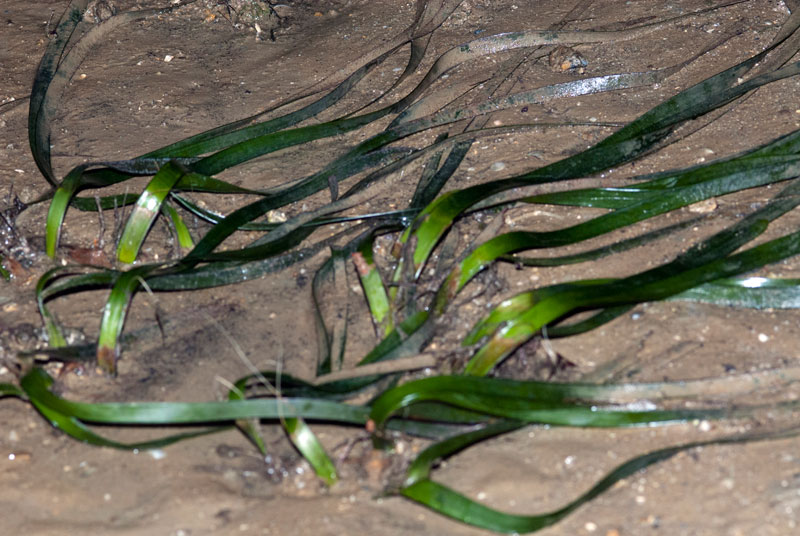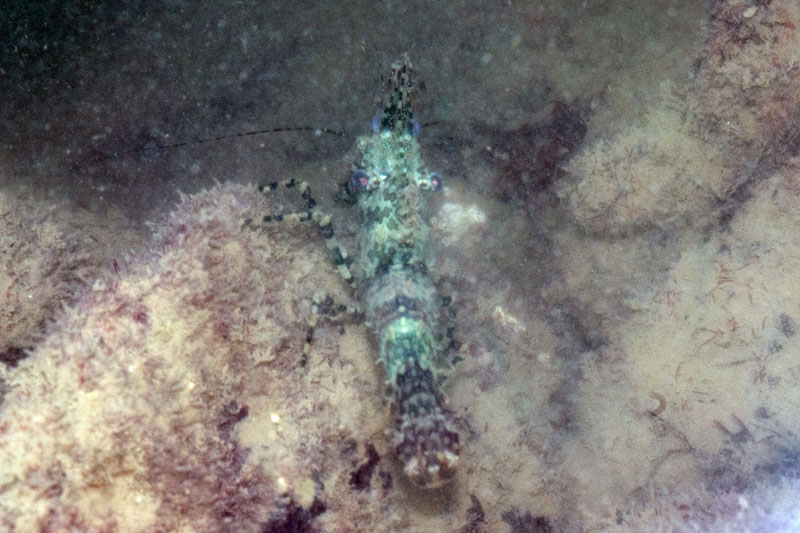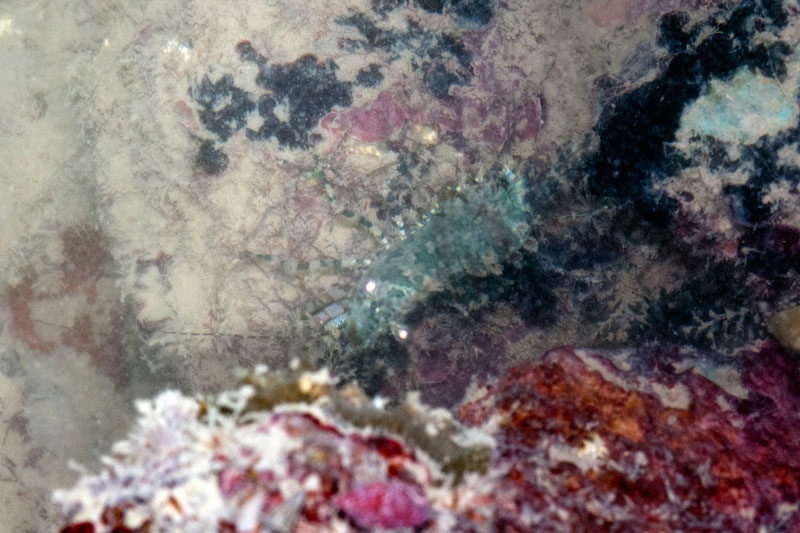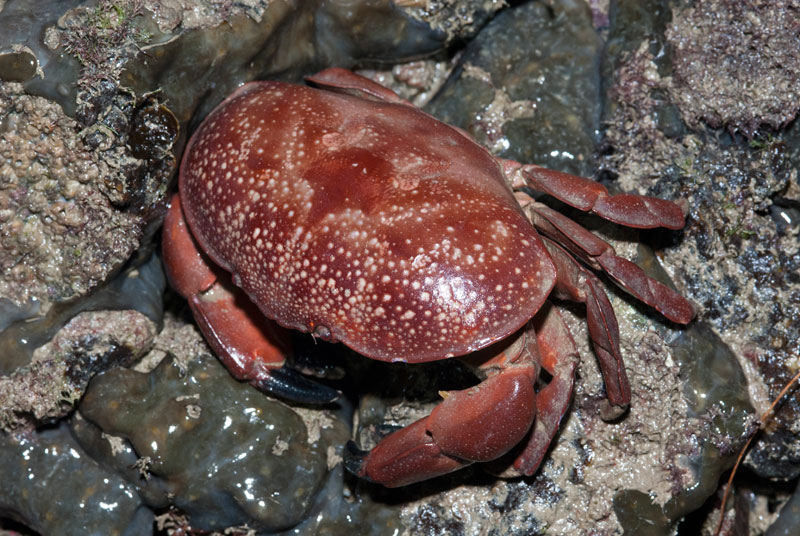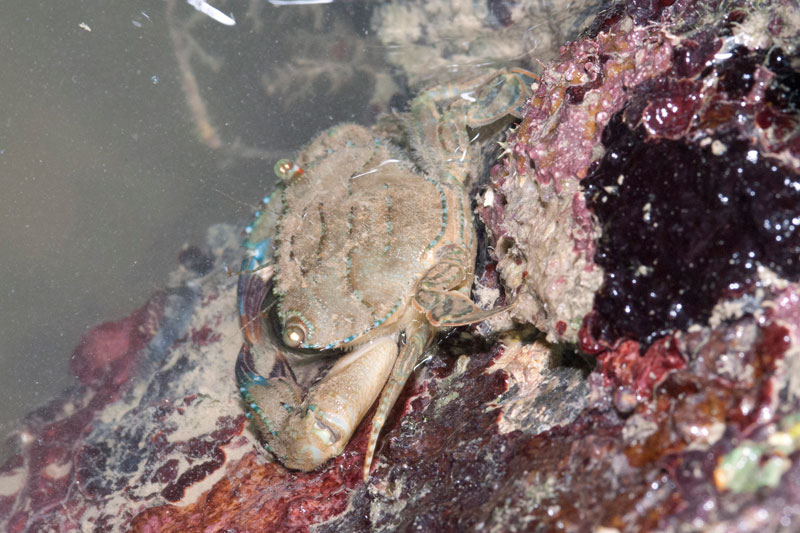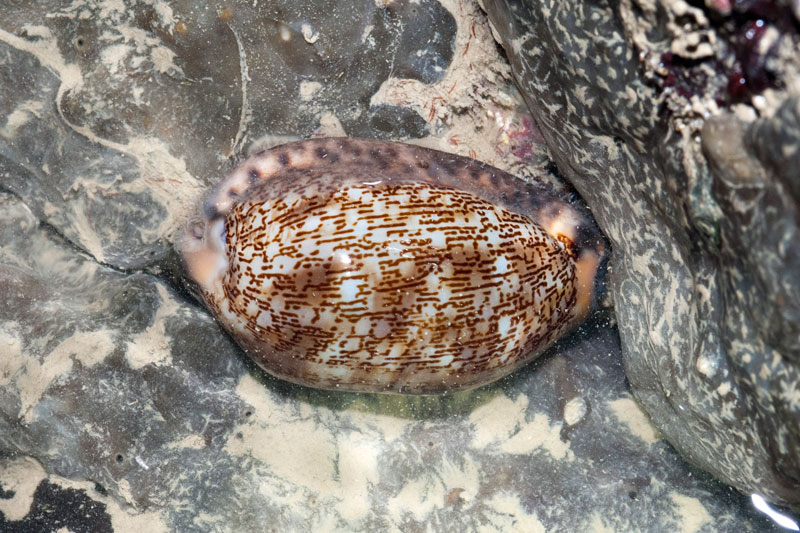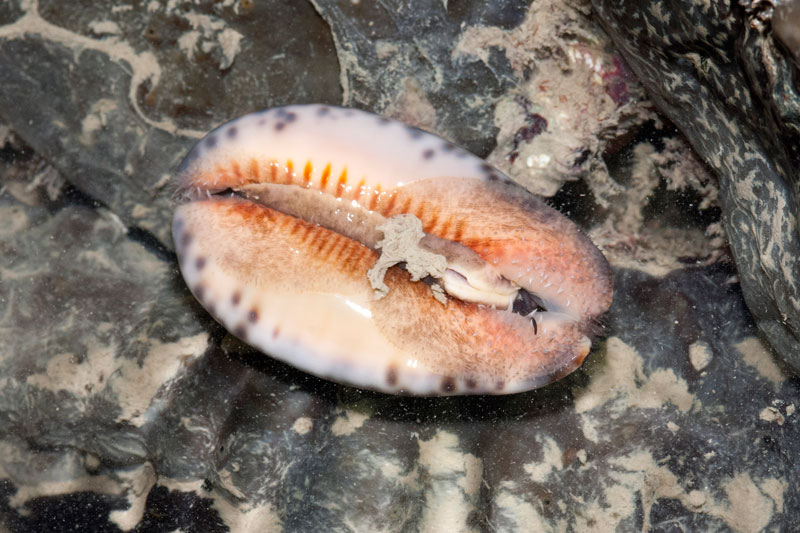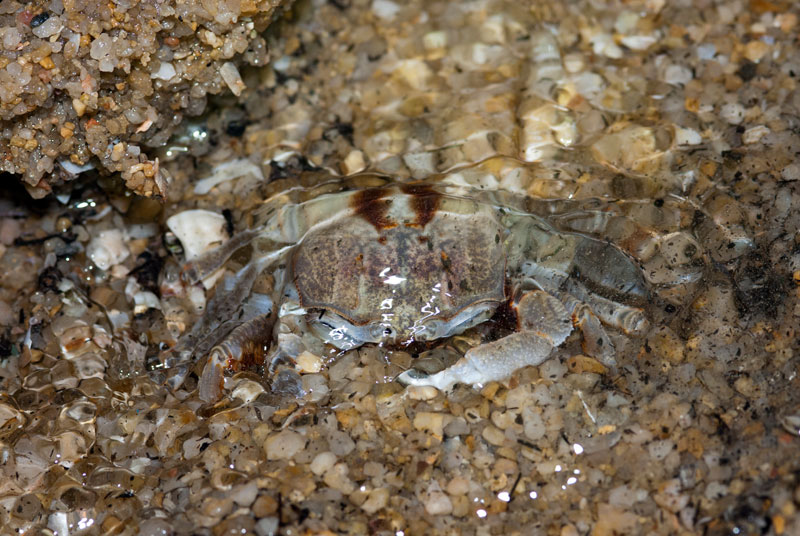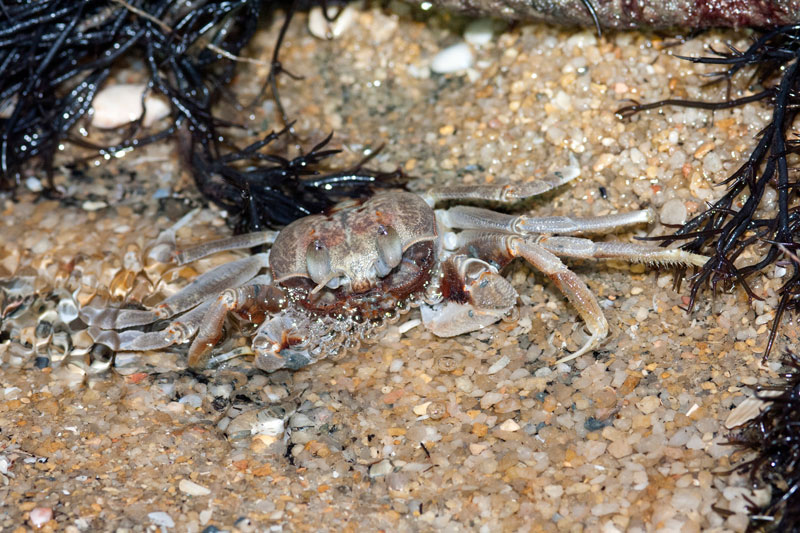Between Tanah Merah Ferry Terminal (TMFT) and the National Service Resort & Country Club (NSRCC) Sea Sports Centre, there is a pretty much sheltered corner which is hardly explored. Many cyclists and joggers use the available park connector running along the East Coast Park and the Changi Coast Road canal to get from East Coast Park to Changi Village. However, none seemed to take notice of what this protected area has to offer in terms of marine biodiversity.
This morning, a small team, lead by Kok Sheng, explored this stretch of shore.
Upon reaching the sandy shore, we started exploring the the water edge while waiting for the tide to recede. We were quite excited to see seagrass patches but as the tide receded to its lowest for the morning, we realised how wide and diverse the seagrass area was. We recorded 5 different species of seagrasses: Spoon seagrass (Halophila ovalis), Needle seagrass (Halodule univervis), Noodle seagrass (Syringodium isoetifolium), Sickle seagrass (Thalassia hemprichii) and a small Tape seagrass (Enhalus acoroides).
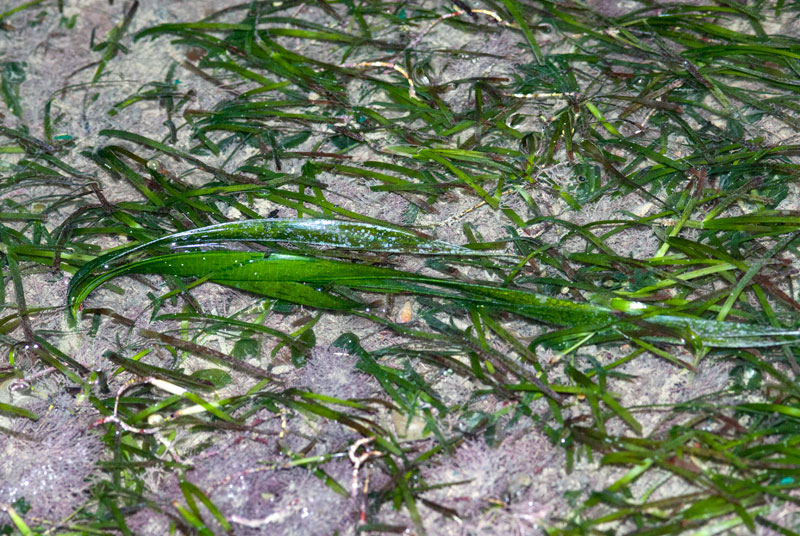
- A small clump of Tape seagrass. Hope more will grow from it.
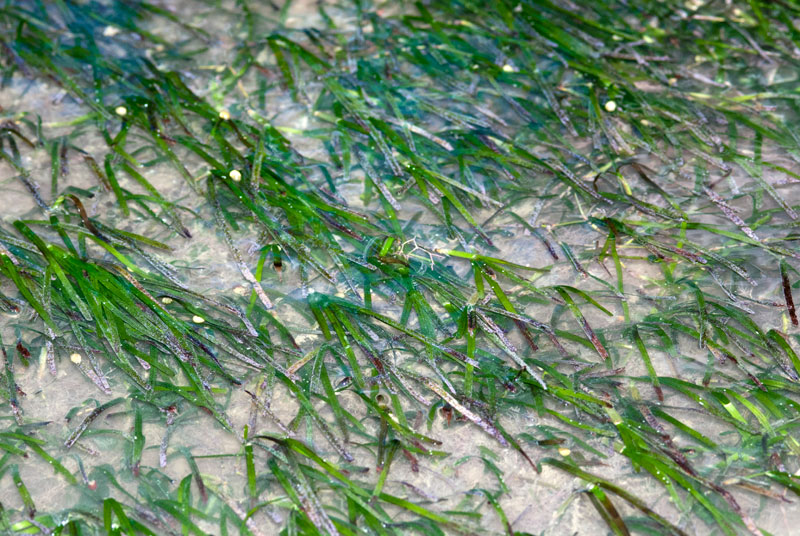
- Thicker blade of the Needle seagrass
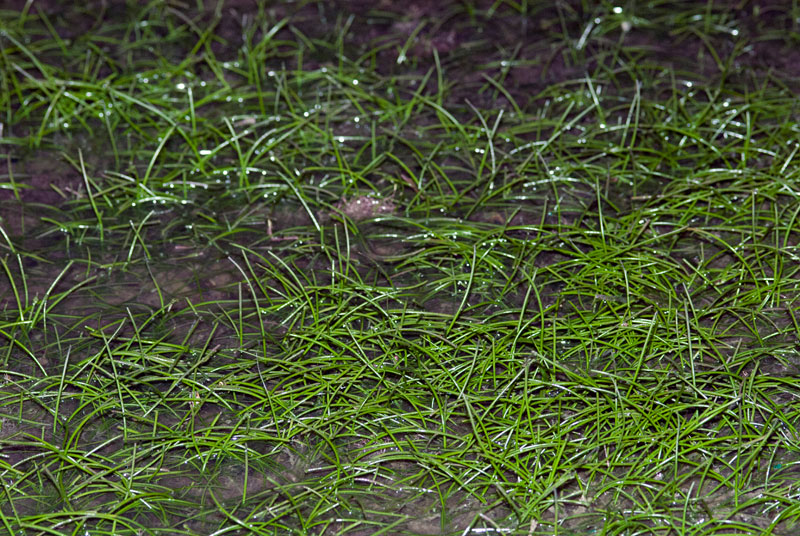
- Noodle seagrass
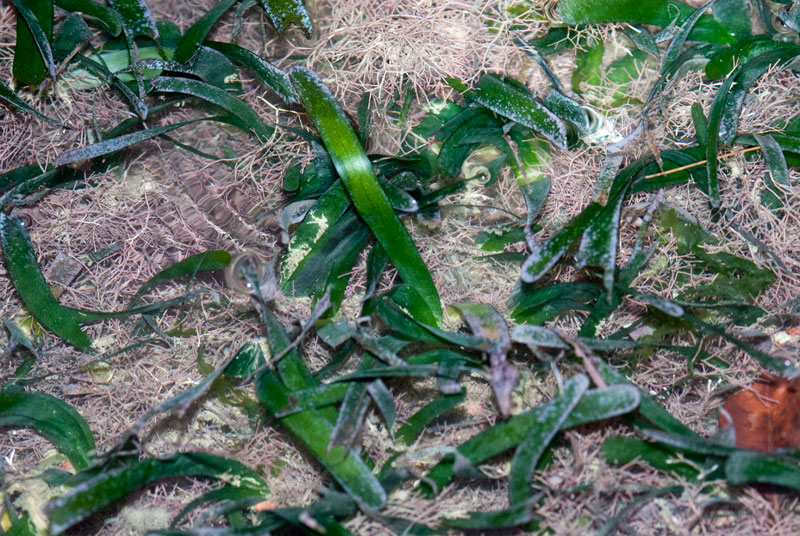
- Sickle seagrass
With a thick seagrass meadow, there are plenty of hidden gems hiding among the seagrass blades.
One of the most intriguing observation was the presence of numerous tiny sea cucumbers.
One of the most intriguing observation was the presence of numerous tiny sea cucumbers.
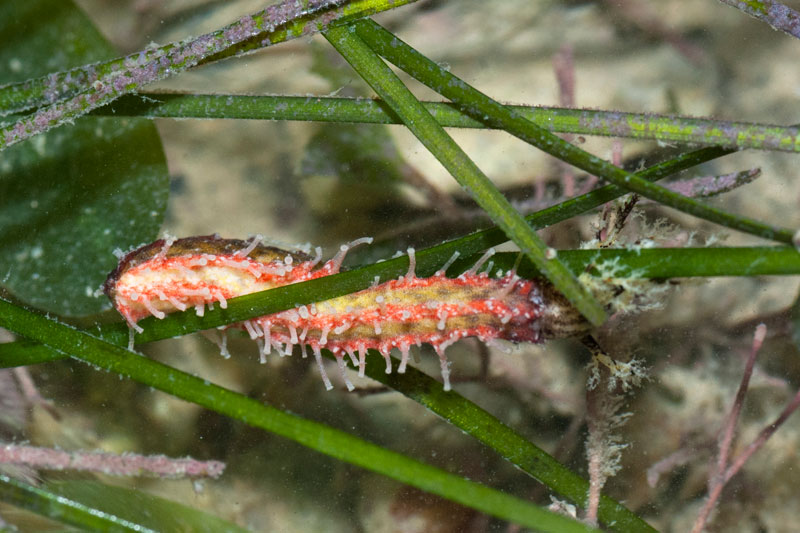
- Tiny sea cucumber 1
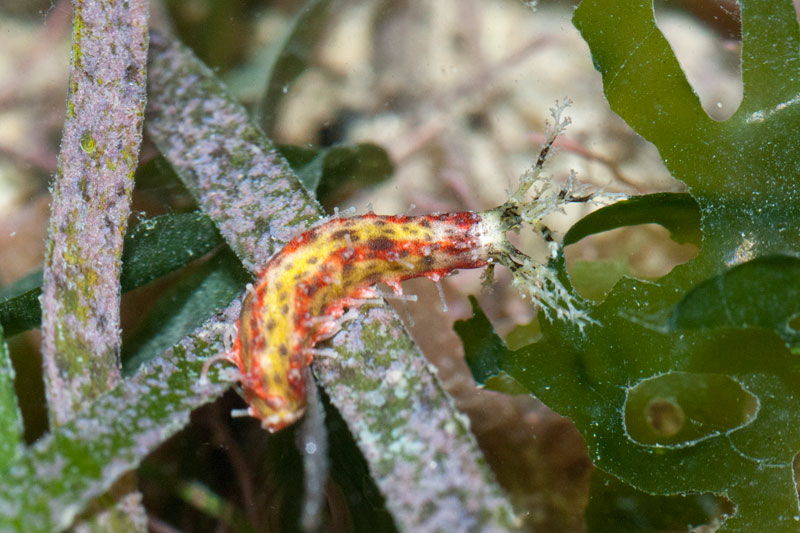
- Another tiny sea cucumber
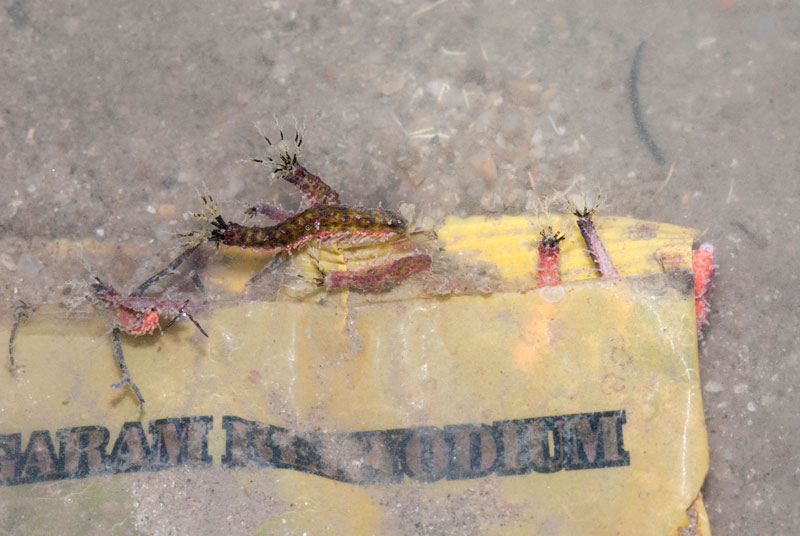
- More tiny sea cucumbers. Notice that they can be found inside such small marine trash bags found on the shore.
There were a few haddon's carpet anemone (Stichodactyla haddoni), which I came across, and one of them had a of five-spot anemone shrimp (Periclimenes brevicarpalis) couple.
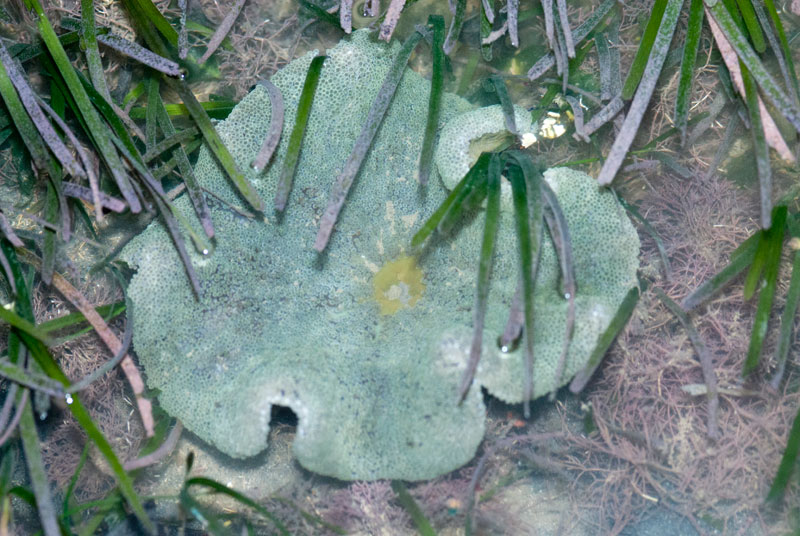
- Haddon's carpet anemone, with a female five-spot anemone shrimp at the top right.

- Female five-spot anemone shrimp
Similar to the seagrass patch next to Tanah Merah Ferry Terminal, this seagrass patch is full of the tiny dubious nerite snails (Clithon oualaniensis). These pretty tiny snails comes in various shell design and it is impossible to find two with the exact same design. They are hanging out in any possible locations on the shore.
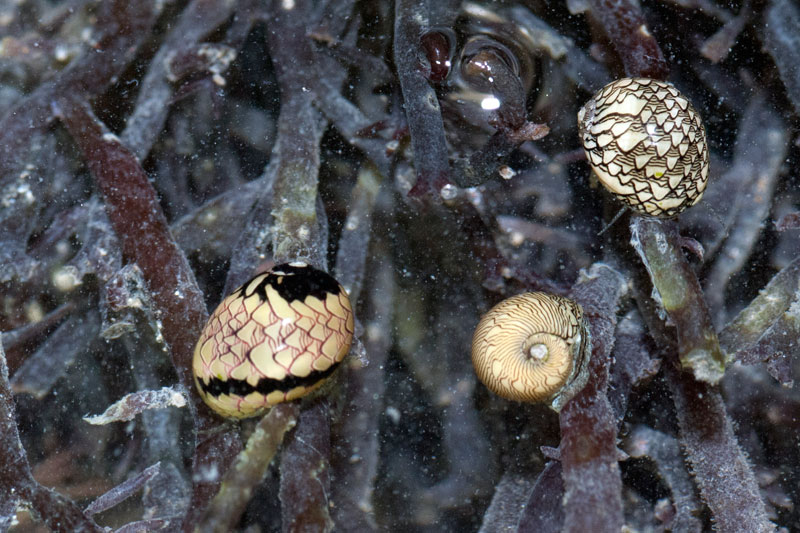
- On seaweed

- On broken crab pincer
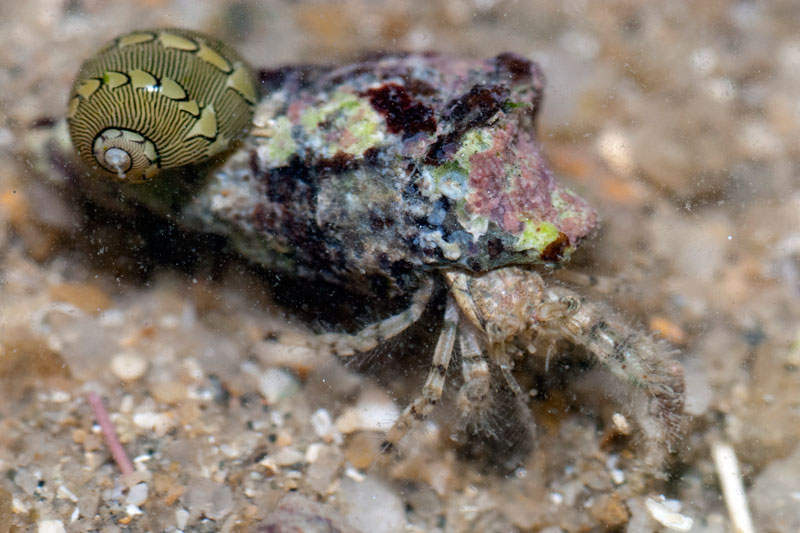
- Hitchhiking on a hermit crab
Hiding among the seagrass blades also was a crab eating another crab.
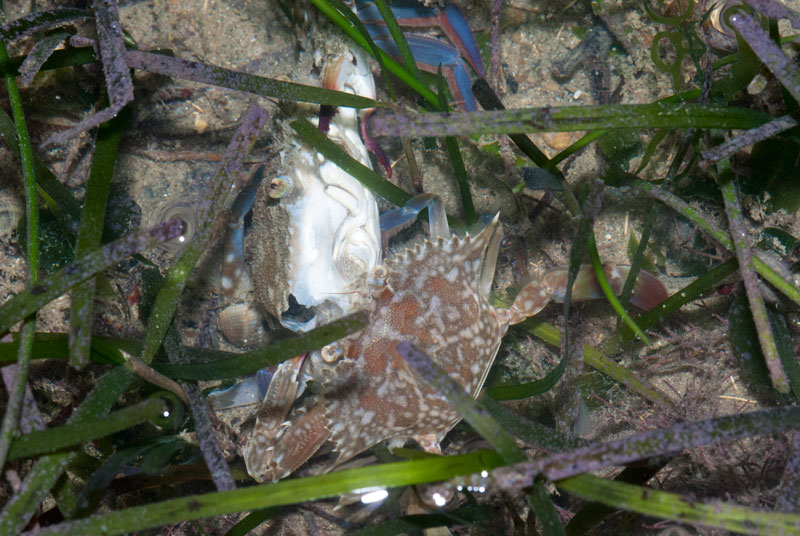
- Crab eating another crab
The greatest find on this trip would have to be this suspicious looking shell as I wade deeper in the rather murky waters. it turned out to be a Baler volute (Melo melo)!

- Melo melo, sumberged
This is one of the rare times that I actually saw a live Baler volute. I'm really lucky today. Kok Sheng told me that this is possibly the first record of this snail along the East Coast, outside of Changi area. This snail is highly hunted for food by shore goers :(
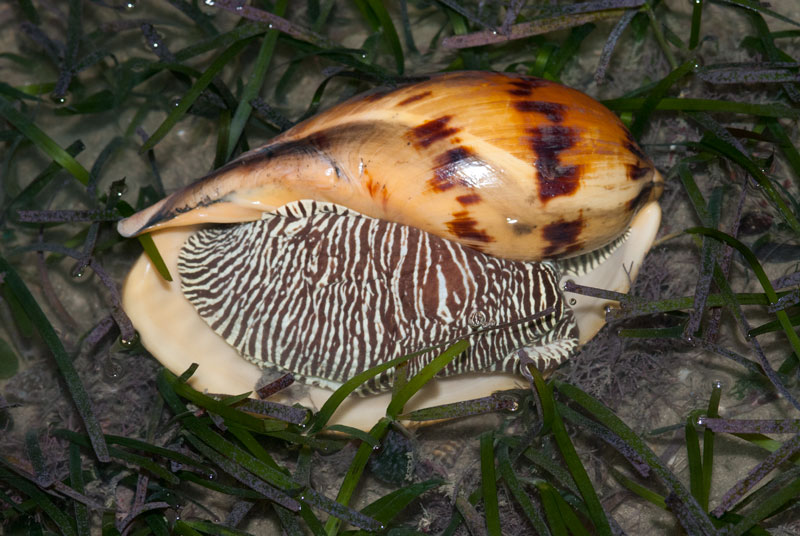
- Underside of the snail
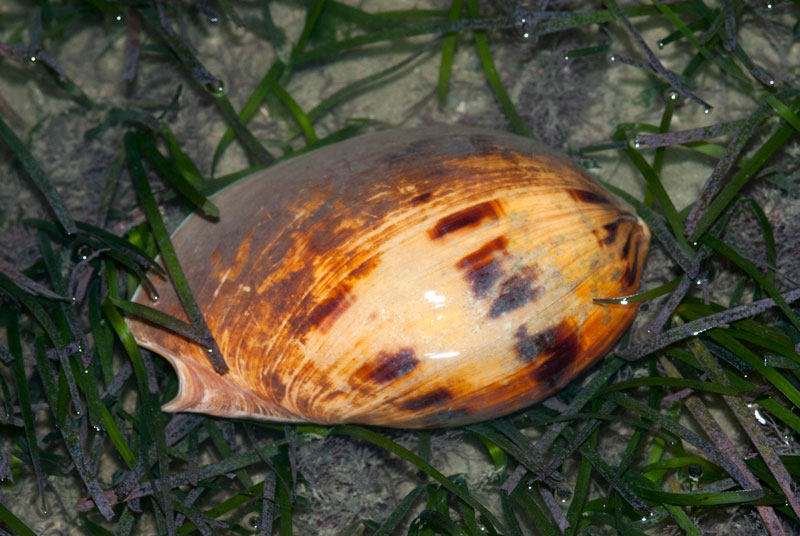
- Overview of the Baler volute
On a floating marker nearby, a crab without pincer clings onto the base tightly. It looks like a stone crab. The poor crab has some stalk barnacles attached to it's legs.
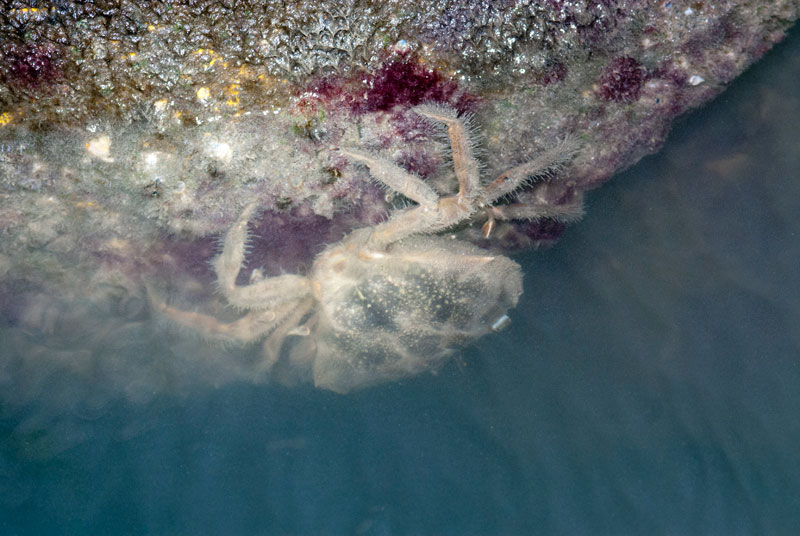
- Crab without both pincers
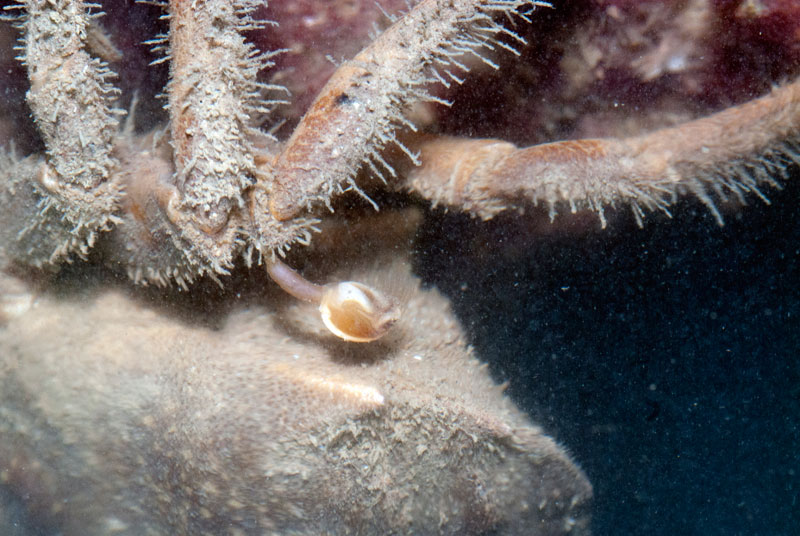
- Goose barnacle?
On the sandier high shore, I came across a common sea star (Archaster typicus).
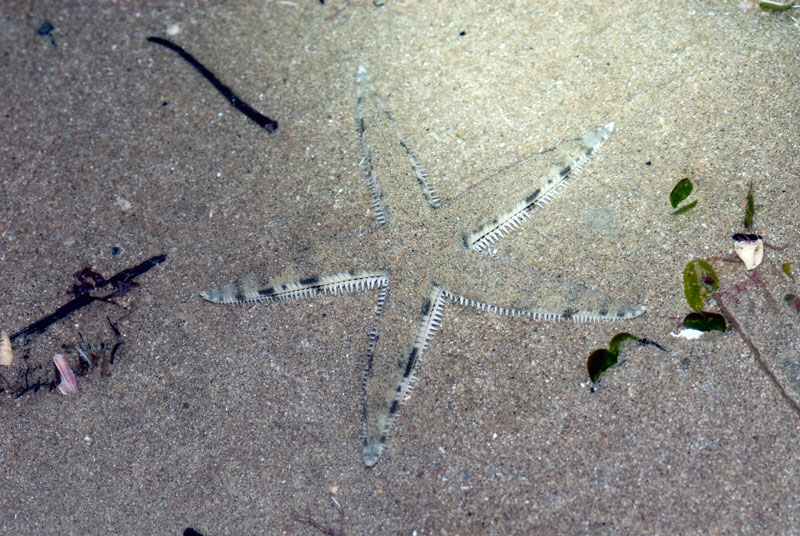
- Common sea star
Also critters like shrimp, small goby and a pebble crab.
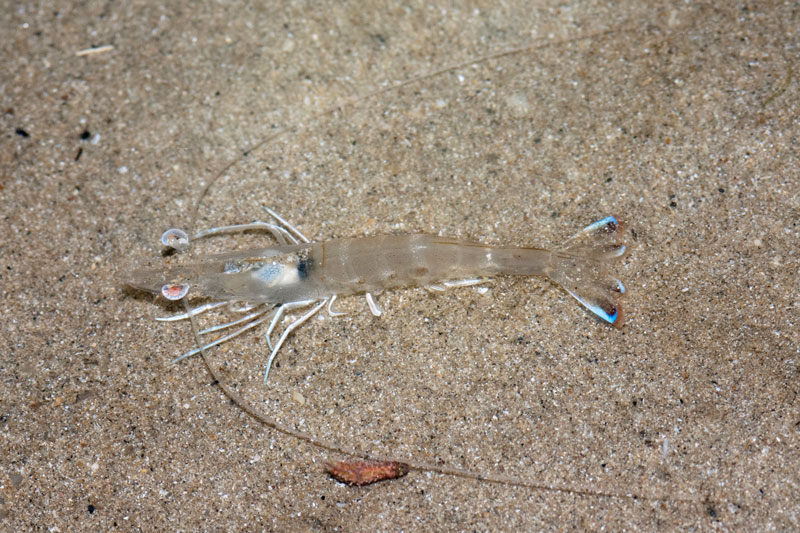
- Shrimp
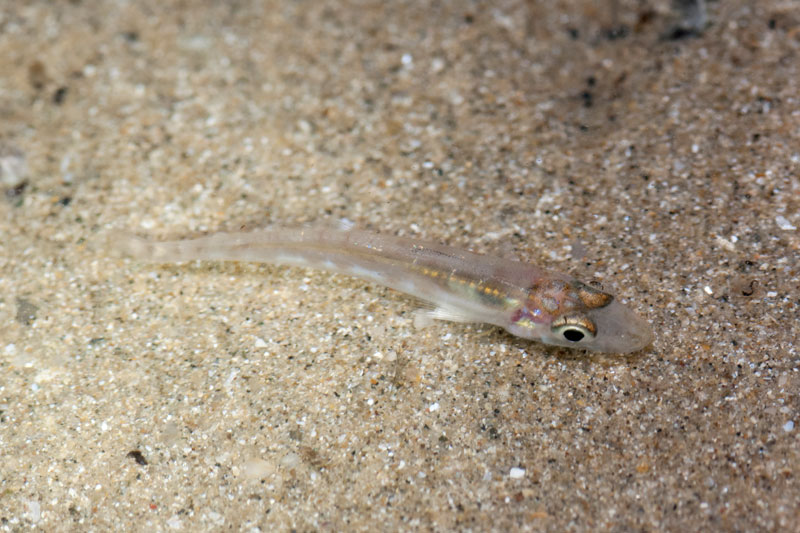
- Looks like a whip coral goby

- Pebble crab
Lastly, how can I forget the numerous hermit crabs on this shore, some with interesting shells.
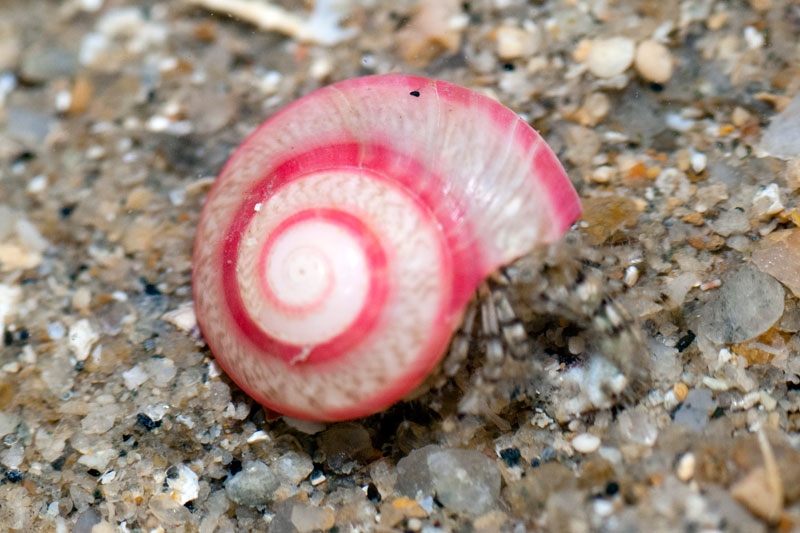
- Hermit crab in a button snail shell
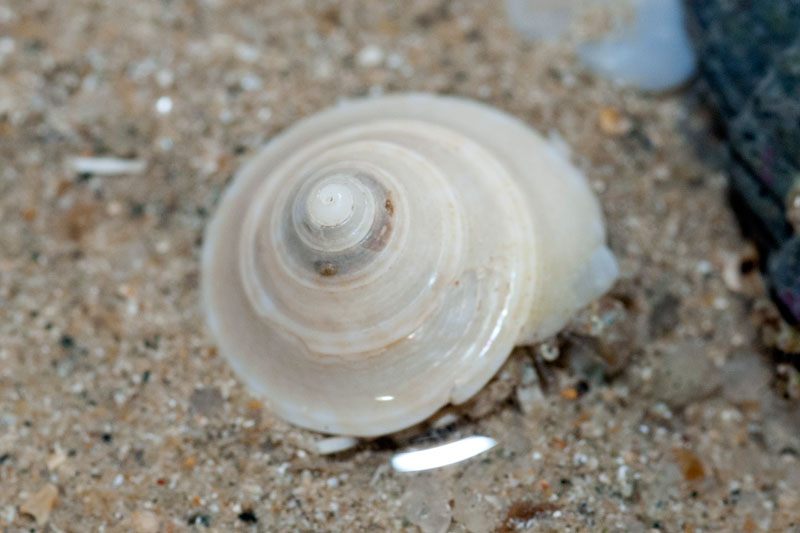
- Hermit crab in a conical shell
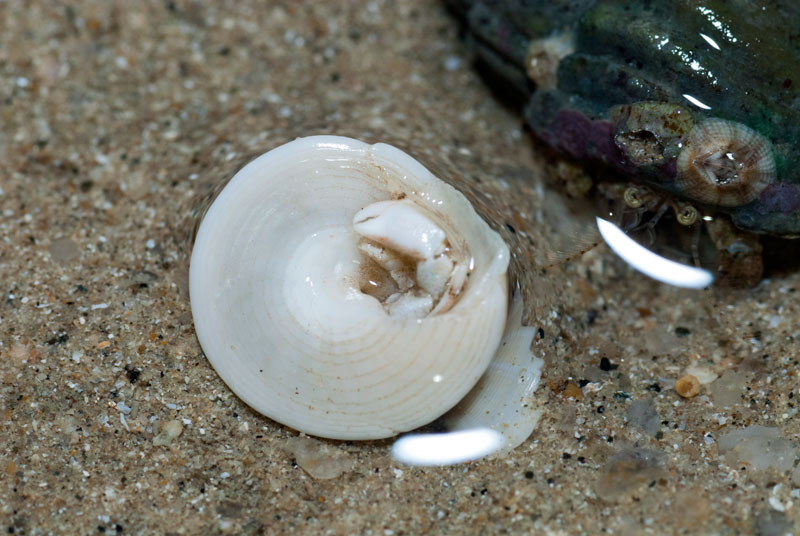
- Hermit crab in conical shell, underside
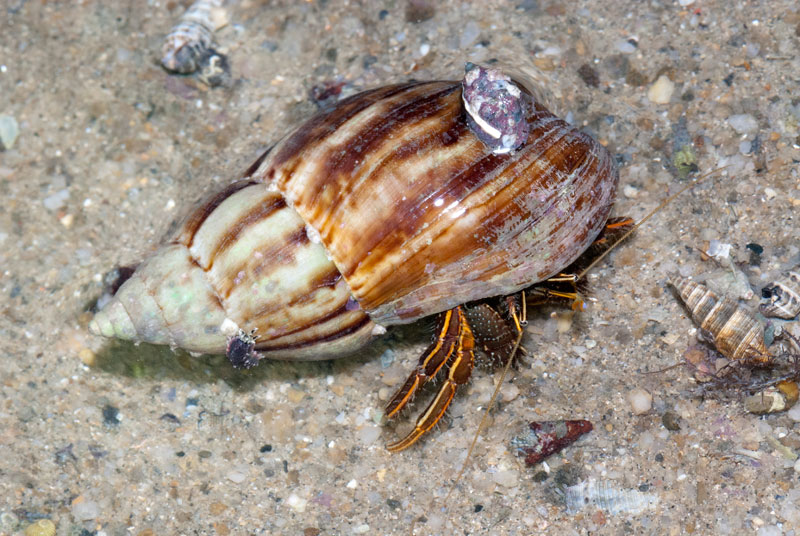
- This orange-striped hermit crab has chosen to go against the norm and used a land snail shell as its home.
Till the next time I am back!
